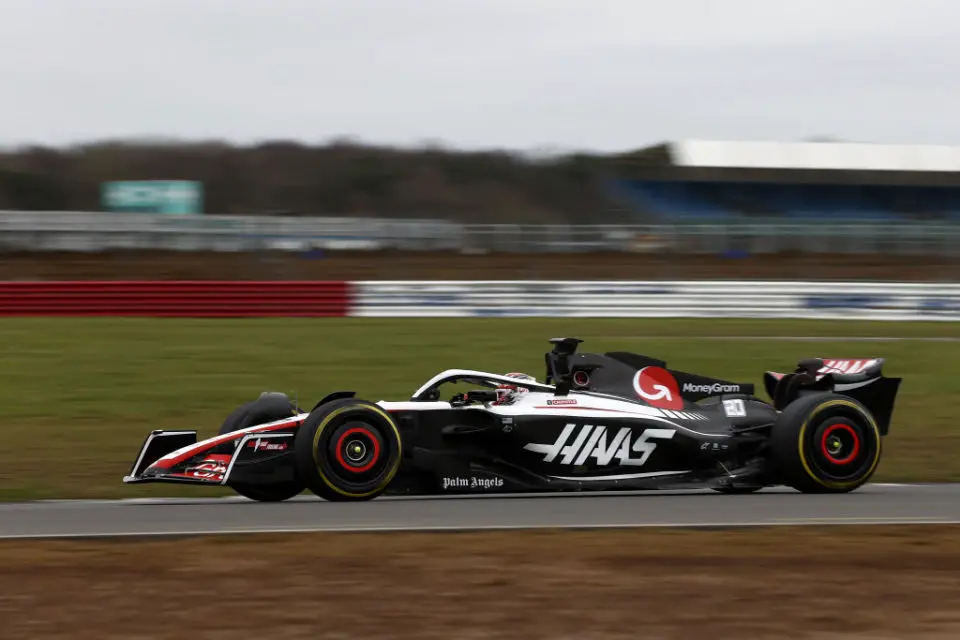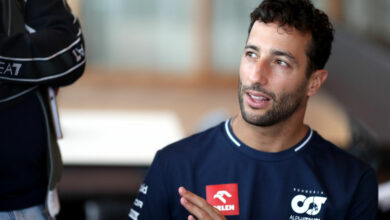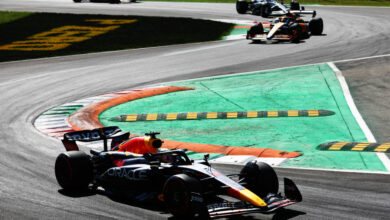F1 Drivers Voice Opinions on Reducing Practice Sessions: A Call for Change
In recent Formula 1 events, drivers have openly called for a reduction in the number of practice sessions, citing advanced simulation tools as a reason. This call for change follows incidents of red-flag interruptions causing significant delays during practice runs.
Key Takeaways:
- Valtteri Bottas’s Stance: Valtteri Bottas, along with other drivers, has advocated for shortening the practice sessions during F1 race weekends. He argues that with the current level of simulator training, three free practice sessions are excessive.
- Recent Incidents Highlighting the Issue: The Abu Dhabi and Las Vegas Grand Prix witnessed significant red-flag interruptions, leading to shortened or cancelled practice sessions. These incidents have sparked a debate about the necessity and length of these sessions.
- Diverse Opinions Among Drivers: While Bottas and Magnussen prefer fewer practice sessions, Nico Hulkenberg is open to extra practice time, provided it doesn’t disrupt the day’s schedule. Charles Leclerc from Ferrari also mentioned that three sessions can be lengthy and sometimes dull.

Formula 1 has always been a sport where every second counts, not just in the race but in practice sessions as well. However, recent events have led to a growing consensus among drivers that it might be time to rethink the traditional practice format. Valtteri Bottas, the Sauber Alfa Romeo driver, is at the forefront of this movement, suggesting a cutback on the number of practice sessions during race weekends.
This push for change was catalyzed by incidents during the Abu Dhabi and Las Vegas Grand Prix. In Abu Dhabi, the second free practice (FP2) was substantially shortened to around 15 minutes due to two red flag incidents involving Carlos Sainz and Nico Hulkenberg. The Las Vegas Grand Prix saw a similar situation with the first practice session (FP1) being cancelled following Sainz’s high-speed crash.
These interruptions have not only affected the drivers’ on-track time but also raised questions about the efficiency of the current practice structure. The 2021 season saw a change in this format, reducing FP1 and FP2 to 60 minutes each, with another 60-minute session before Saturday’s qualifying. Despite this, Bottas believes that three sessions are still too many. He stated, “Three practice [sessions] is too much. We don’t need that anymore with the simulation tools [and] simulators that we have nowadays.”
Kevin Magnussen of Haas F1 Team shared a similar, albeit brief, sentiment, saying, “No, it’s fine,” when asked about the need for more practice time. In contrast, his teammate Hulkenberg expressed a more flexible view. He acknowledged the validity of the concerns but also highlighted the complexity of altering the schedule due to TV times and other logistical factors. Hulkenberg added, “It’s going to be a talking point now going forward.”
Moreover, Charles Leclerc from Ferrari revealed that having three practice sessions in a regular race weekend can be overly lengthy and sometimes monotonous. This variety of opinions among drivers highlights a pivotal moment in F1, where the balance between sufficient practice time and the evolving nature of the sport is being actively debated.
As the conversation continues, it will be interesting to see how Formula 1 adapts to these changing perspectives. Will the sport see a significant overhaul in its practice session format, or will it find a middle ground that satisfies both the drivers’ needs and the logistical demands of the racing schedule? Only time will tell, but what’s clear is that the drivers’ voices are now a critical part of this ongoing discussion in the world of F1 racing.




